One of my favorite places in Wilmington is a train trestle that bridges a tidal creek, specifically Burnt Mill Creek, near my house. My profile picture is of me and Kristin throwing rocks off the bridge. The trestle is only a short walk or bike ride from my house, so I end up there fairly often. It is a great foraging area most times of the year, and I went out today expecting to find something good. However, I got sidetracked and ended up exploring instead of foraging.
Under and around the train trestle are a series of above ground waste water pipes, pushing storm water and human “waste” from downtown and the surrounding area out to the Northside water treatment plant. I have walked on several of the pipes over the years, ending up in all kinds of interesting places. One of the pipes ends up behind the back lot of Screen Gems studios where you can see the prop buildings and various other crap from the movie and television industries. Another pipe weaves around the backyards of homes and businesses. Another goes to a small, but fairly often used homeless camp.
Today, since the tide was low, I was able to hop on one of the pipes that I had not followed very far in previous explorations.

My intent on these walks is to not have an intent. Walk the pipe and see what happens. I basically walked until the vegetation growing around the pipe grew too thick and I couldn’t get by. Again, since the tide was low I jumped to the side and got to some dry high ground.
The edge of an estuary is the perfect habitat for the cottonmouth, the high grass able to hide those venomous little pricks of misery. I saw one about six years ago near the train trestle, but that was the first and last time I had seen any type of snake out there. This trip was no exception; just a few birds and the widely scattered remains of a deer.
Also scattered all over the place were various plastic flowers and ribbons, scattered into the grass never to decompose, only fade in the bleaching sun. They joined the hundreds of plastic soda bottles and aluminum cans, deflated basketballs and Frisbees floating in the estuary and piled on the ground.
I came to a gravel trail that seemed pretty well traveled by vehicle and feet. With the brightly colored potato chip bags scattered about, barely touched by the sun, and the fresh boot tracks in a somewhat dried mud puddle, I figured folks came back here all the time.
Back here, everything is kudzu heaped over dying trees, the vines themselves browning after the first frost. In the summer the kudzu piles become mountains, climbing and killing everything. The vines’ march is stopped only by the estuary. If kudzu could grow on water it would.
The kudzu opened up and I stumbled upon a discarded pile of those grave side stands that hold funeral flower wreaths. After finding a few more pieces of evidence and getting my bearings, I figured out that I had ended up behind Oakdale Cemetery.
I followed the path more, passed a dozen piles of chopped up trees, pallets and freshly dug dirt. I guess it makes sense that the unused dirt from a grave has to go somewhere. Might as well be in a pile that will eventually be colonized by kudzu. The path finally ended behind a chain link fence. The loosely locked gate had my favorite sign attached…
The view through the fence wasn’t that inviting, so I decided not to jump it. The cemetery is several hundred acres, a place I could easily explore using the front gate. The one time I actually went in, the guy at the gate gave me a map since it is pretty easy to get lost in the labyrinth. I didn’t make it far that time, but if they allowed bicycles I might consider another try.
At the gate I turned around and headed back home. Well, headed back home after throwing a couple hundred rocks from the train trestle. The other things of note for the exploration were a rope swing near a waste water pipe…
a thick stand of river cane…
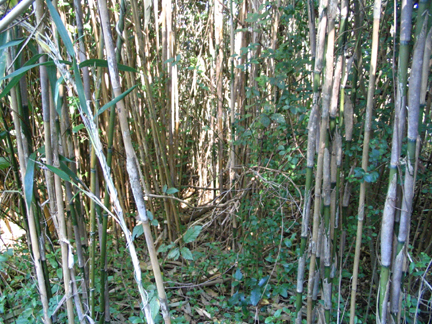
and a plant in the mint family that I haven’t figured out yet.
It smelled like mint, but a bit “gamey”. It wasn’t catmint, and it wasn’t wild mint. I did find wild mint (Mentha arvensis) nearby. The closest picture I can find online is for apple mint. I couldn’t smell any apple. Anyone know what this plant is?
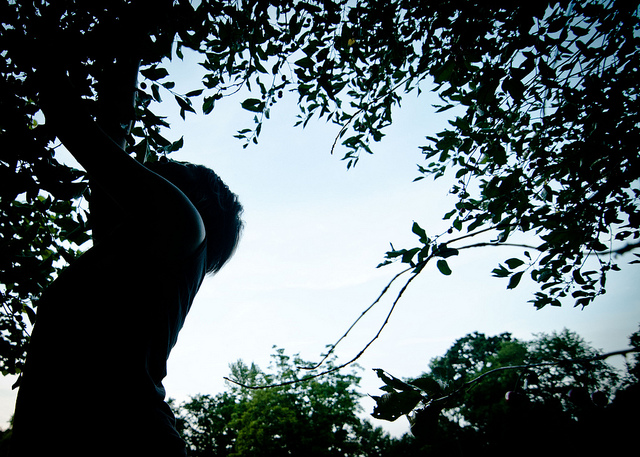
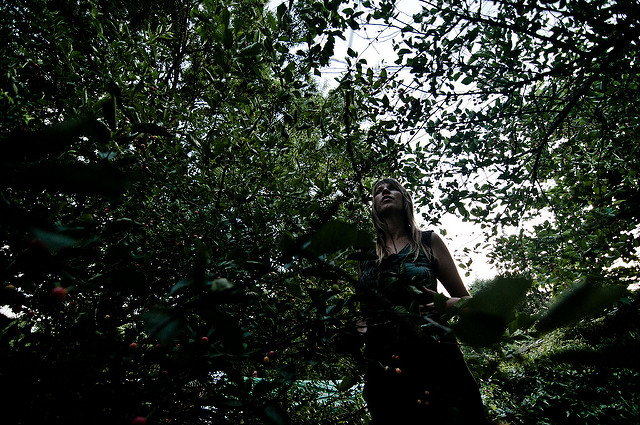
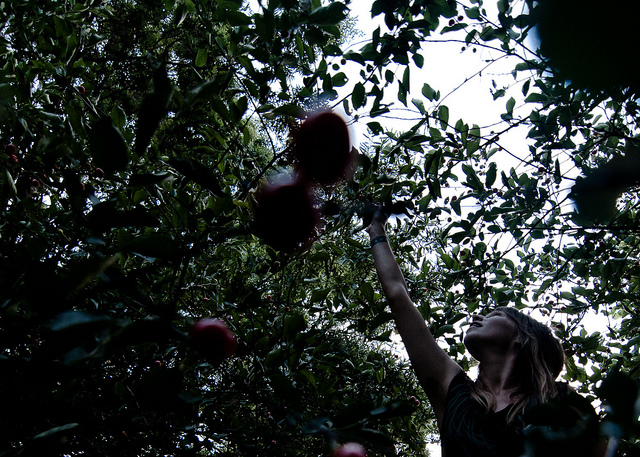

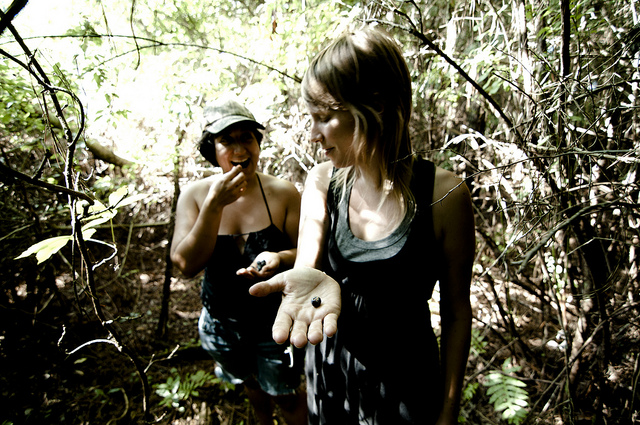

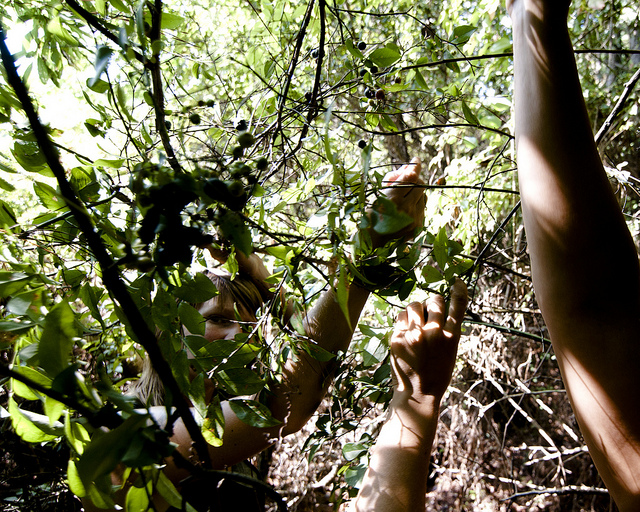
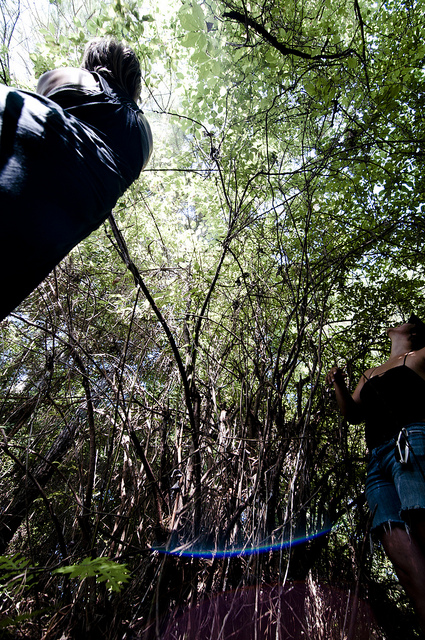
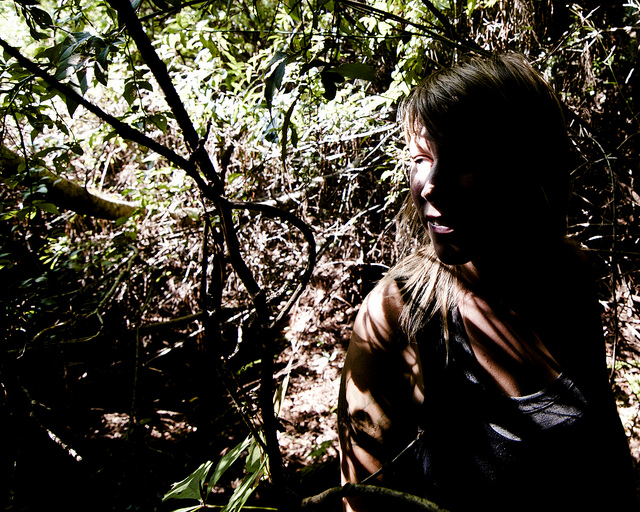
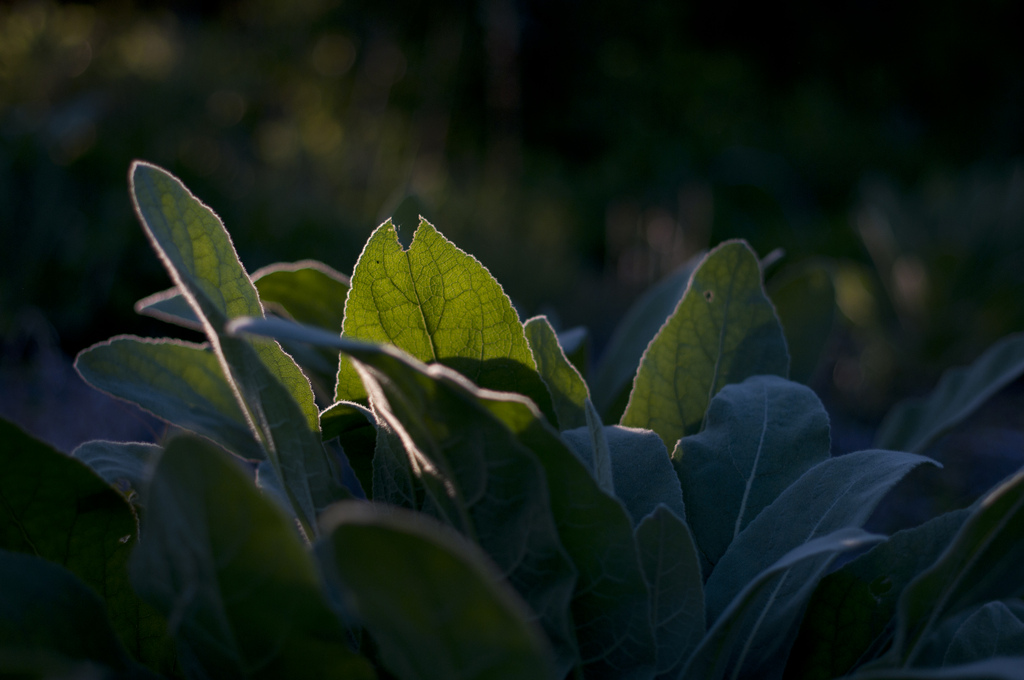

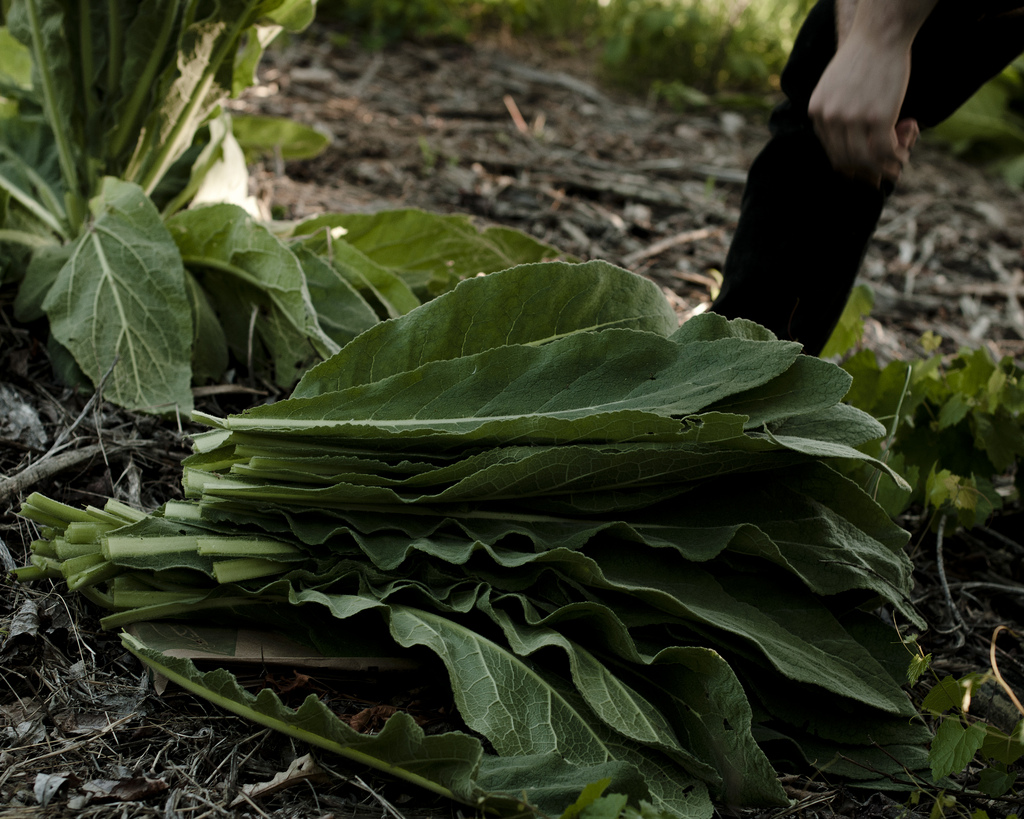
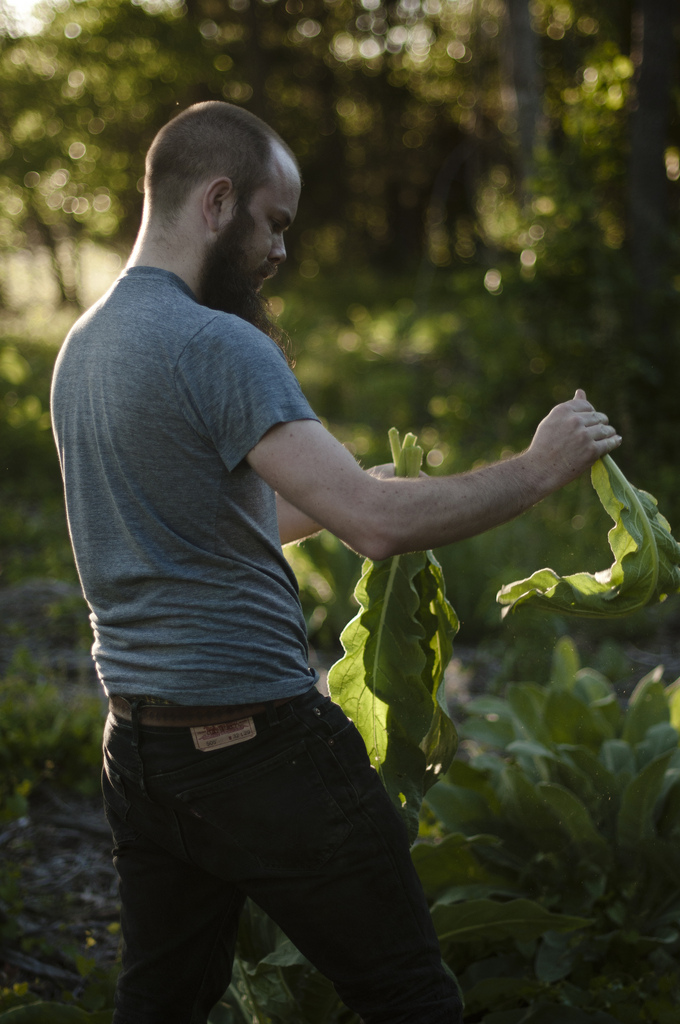
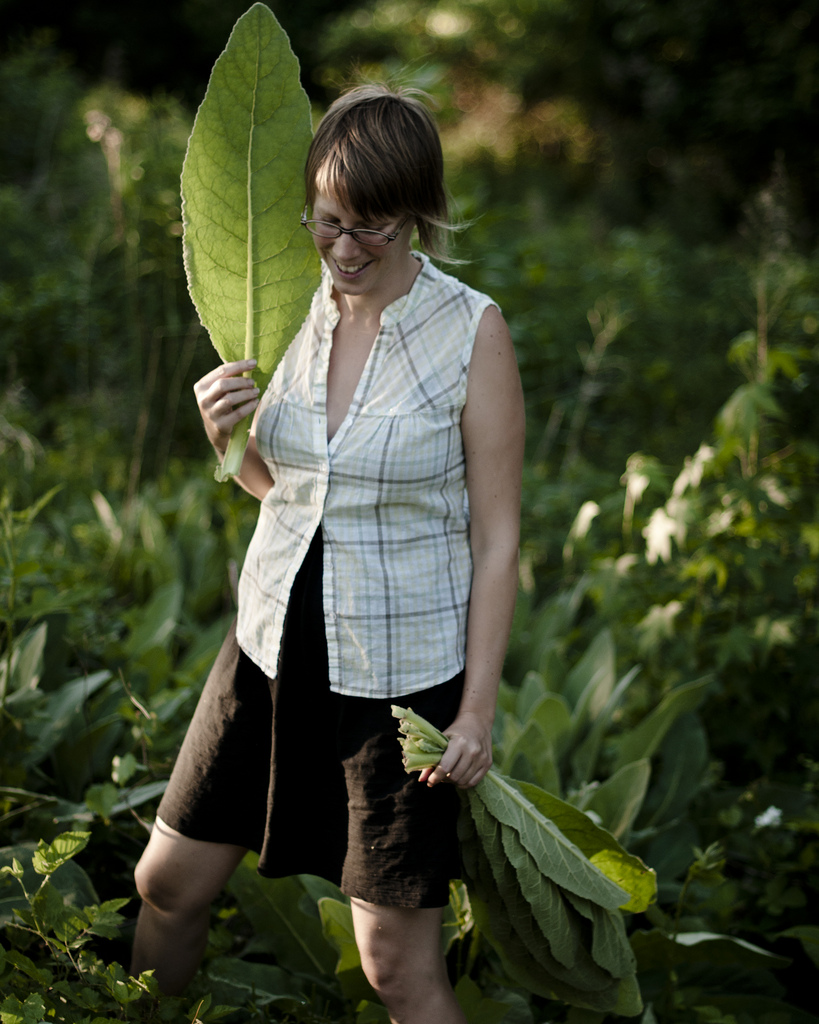
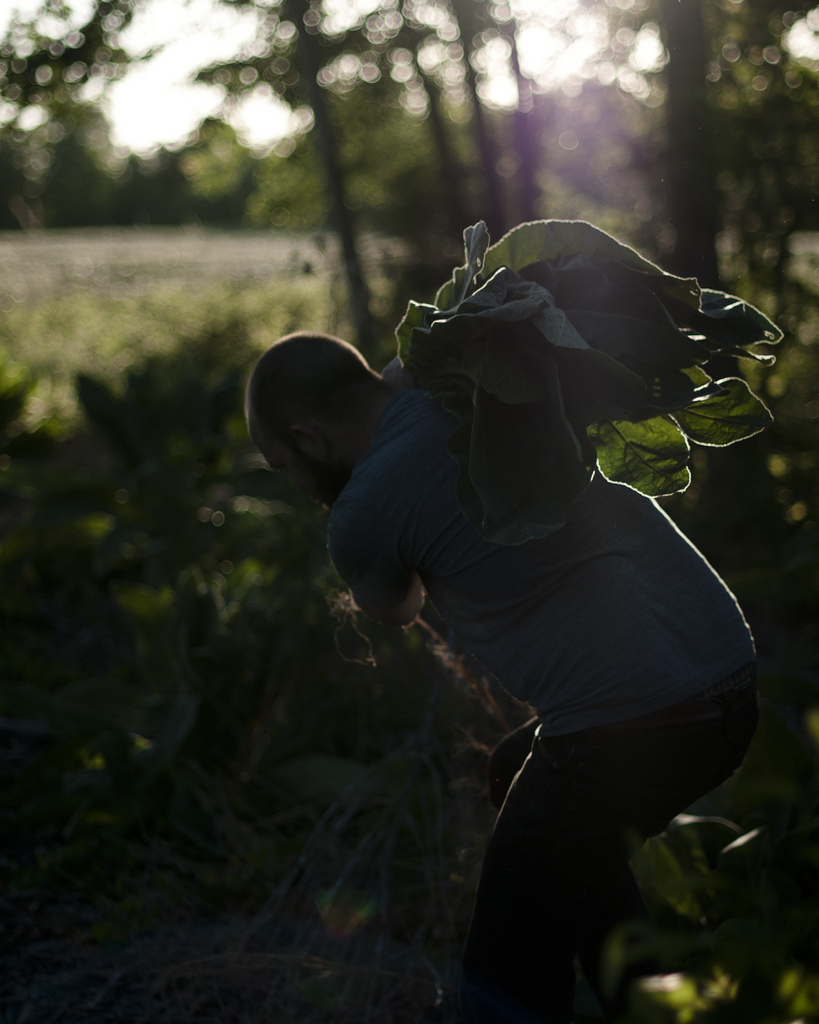
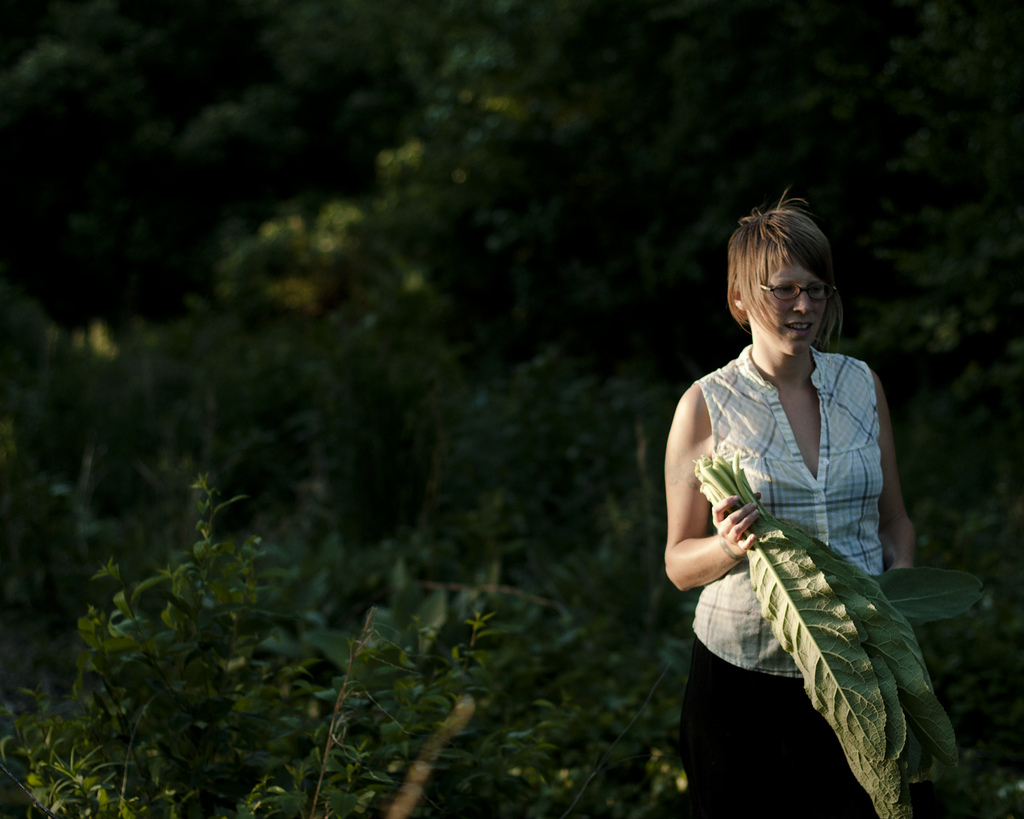
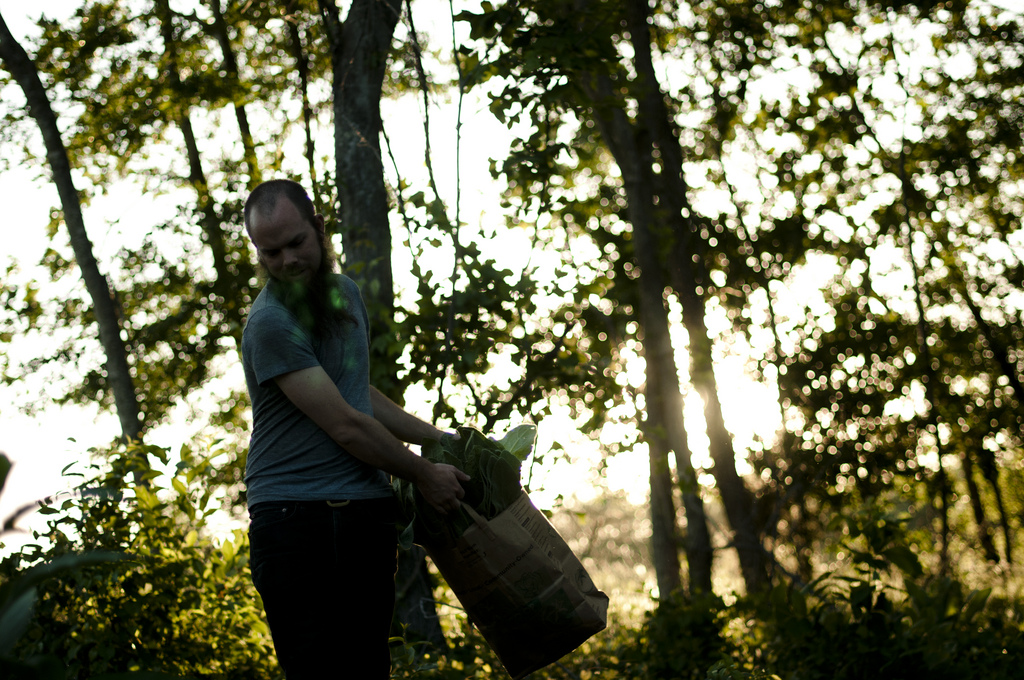
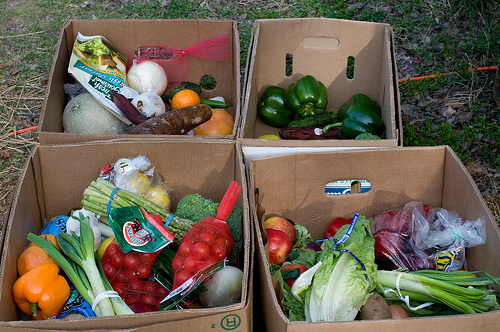

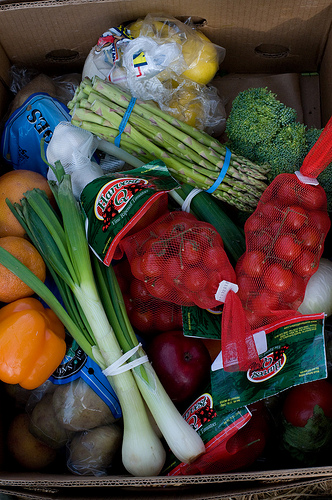


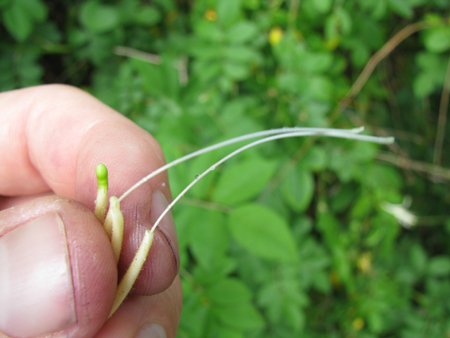
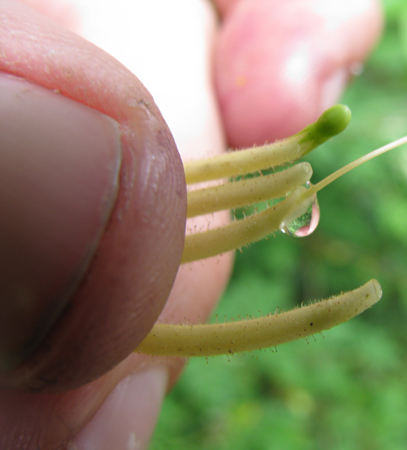
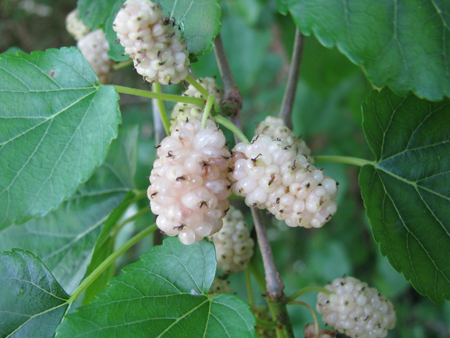
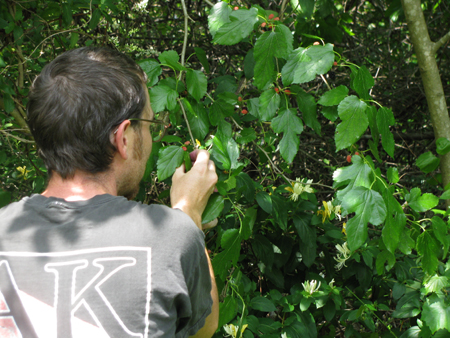
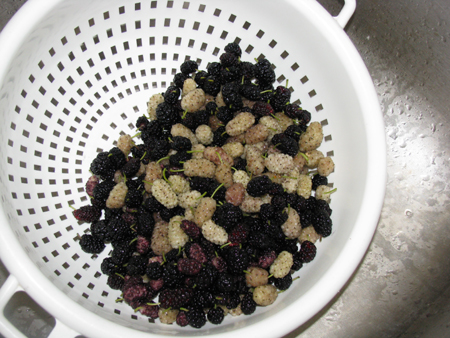

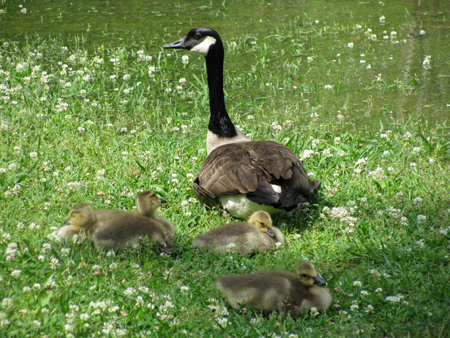



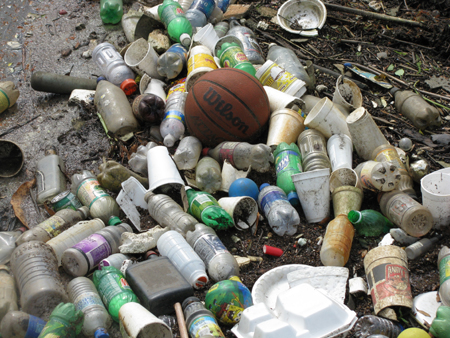



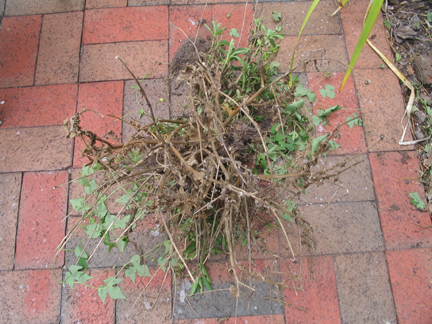

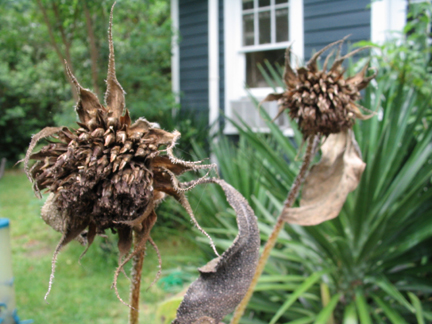
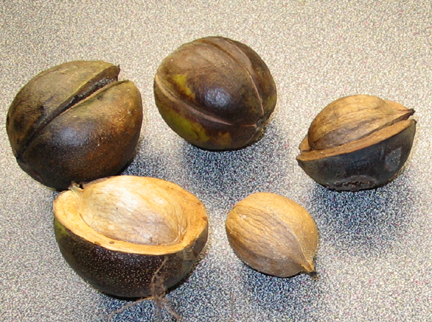
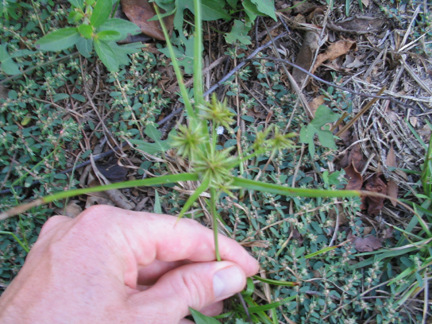
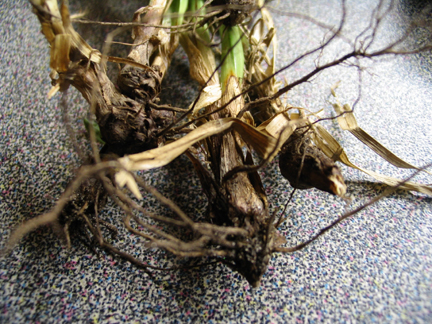
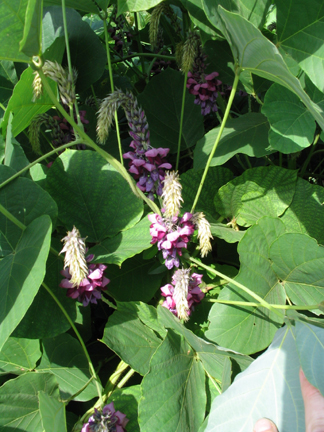

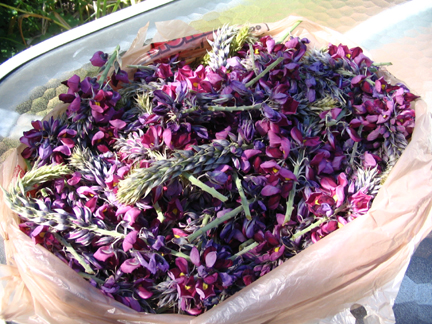
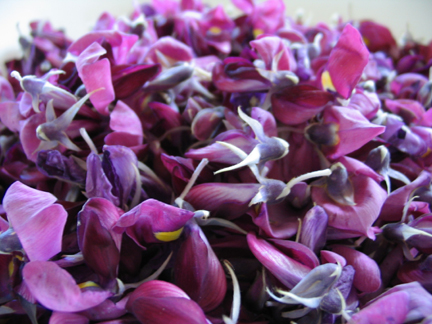
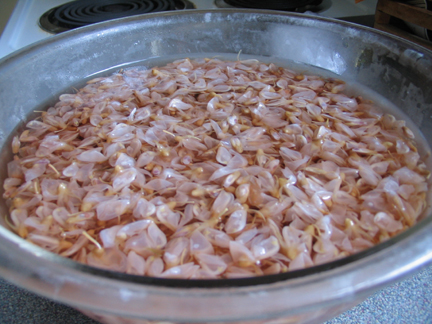
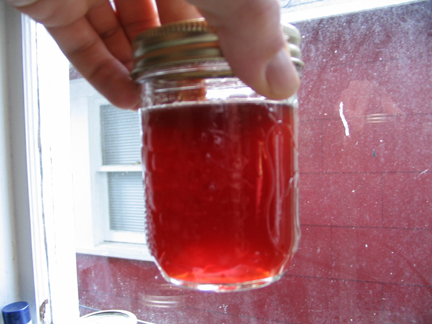
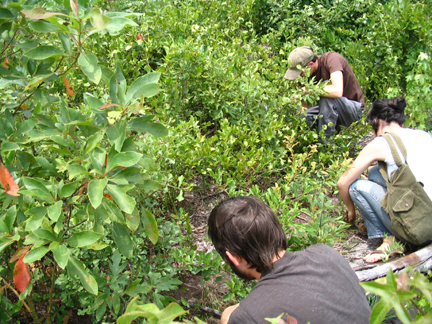

May 28, 2011 at 8:39 am
I love sour cherries! There’s nothing like sour cherry jam on your toast in the dead of winter to remind you of summer. I’m down to my last 2 jars of sour cherry jam, and sadly will miss the harvest this year because I’m moving south. Enjoy them while they last!